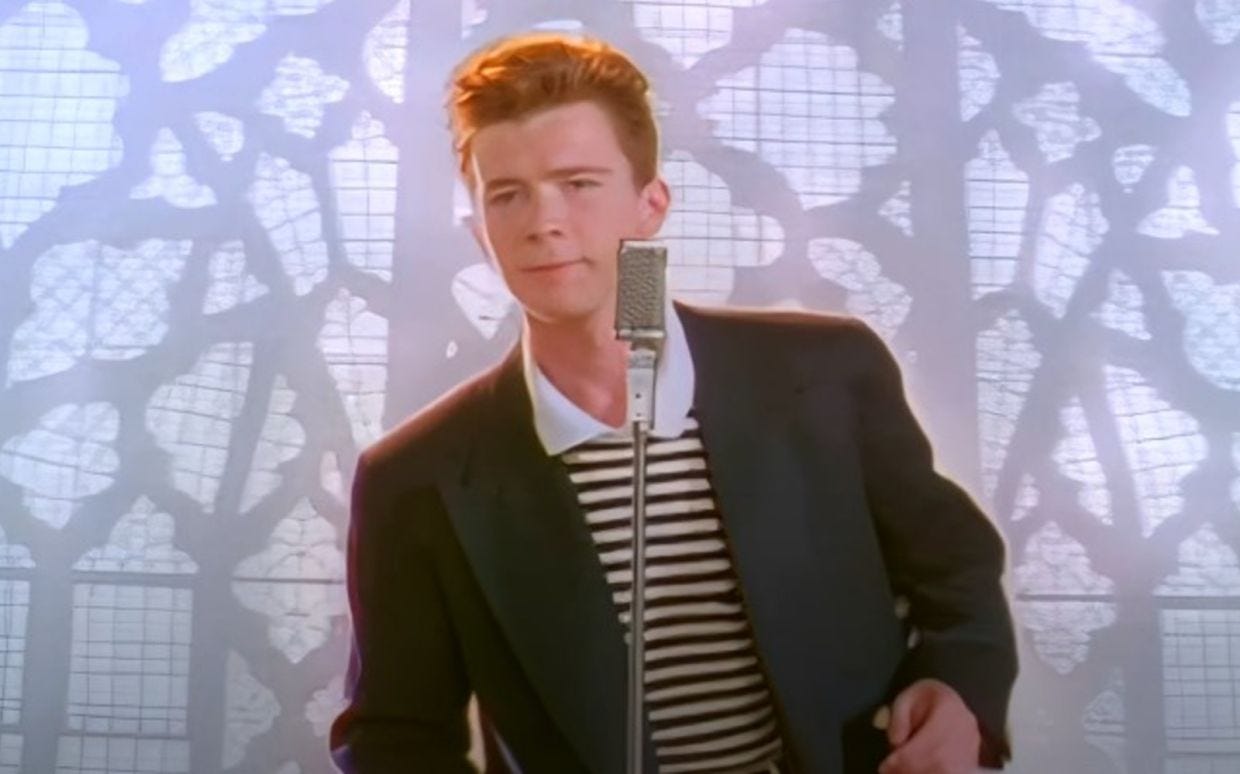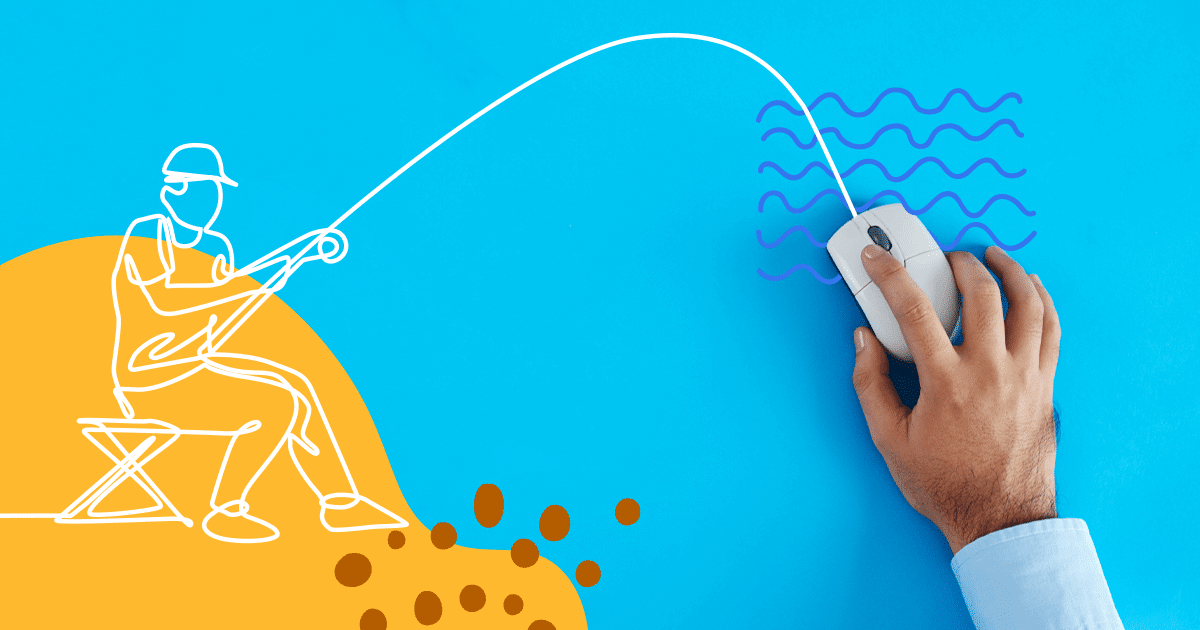The secret of this series I’ve been working on (intermittently) since January is that, as with many of my individual posts, I actually began thinking about it from the place that I wanted to end. That is, the next installment will (maybe) likely be the last one, where I finally arrive at the phenomenon that I started with. I don’t consider myself any sort of historian, but I’ve acquired a habit of thinking backwards like that, of seeing echoes (and wanting to trace them) whenever something “new” attracts my attention. So I’ll be arriving at what was, at the time, a fairly new development in the deployment of Ai. But that’s for next time.
It’s been a while since I started down this road, so I thought I might recap. My first installment was something of a meditation on asymmetry, the unevenness that leads both to innovation and progress, but also to extraction and enshittification. That meditation continued in Part 2, but I ended up pulling an example from what for most of us is early internet (email), about how the metaphors with which we understood email created the conditions for automated email spammers and scammers1. In the third episode, I began picking up some speed, focusing on the way that we got caught up in crossfire from the search engine wars. In Part 4, I spent a great deal of time with weblogs and, in particular, Google Reader, whose impact on our experience of the internet has lasted well beyond the application itself did. I also started talking myself away from asymmetry as a frame, for some reason.
As I went back and reread these posts, though, I’m not sure why I was so hasty. Google Reader was an organizational tool that operated outside of the scope of search engines and it provided a gateway to the social web that presaged the rise of social media platforms. That is, it gave users a measure of control that Google on one side and platforms on the other had no interest in ceding to us. I don’t honestly believe that anyone in particular set out to destroy GR, but they could hardly have done a better job of it if they’d indeed tried. In a sense, as a result, a certain degree of asymmetry was infused into the infrastructure of the internet. This was abetted by the widescale switch to mobile2, when the notion of the “app” began to overtake the metaphors of the page or site as the default understanding of how we interacted with the internet3. Think about how little of the internet we encounter now that isn’t supplied to us through one or more apps, through a small handful of corporate platforms with blackboxed algorithms, whether we access them on our computer screens, phones, or tablets. Consider how quaint it sounds these days to think about interacting online in terms of “visiting” a “website.”
This stretch in the mid to late 2000s is also part of the origin story for the phenomenon that I wanted to highlight for this particular episode. First, though, I want to recall some of my discussion from Part 2. A great deal of the genius of the original Google was its transition from processing the text on individual webpages to its PageRank system, which instead used links as the metric by which it ranked search results. I don’t know that most people truly appreciate how revolutionary the hyperlink was/is at the time:
Perhaps more than any other feature, the hyperlink was what distinguished the Web from the media ecosystem inaugurated by the printing press. There are all sorts of examples that we can draw from that older system—think about how tables of contents, footnotes, and indices function within the space of a printed book. Those are all proto-hyperlinks. Walk into any library with a card catalog, and the idea was that you could look up a book, get a Dewey decimal or a LoC number (its link), and you would know exactly where in the building that book was located. (Small wonder that our original metaphor for the web included pages.) Making those links actionable was one of the main ways that we talked about what made the web revolutionary. And HTML (HyperText Markup Language) meant that anyone with server space could not only add to the sum total of pages online, but could contribute to its organizational system as well. That latter capacity was crucial to the eventual domination of Google’s PageRank.
The trick, and here I’ll put it in the terms I’ve been using during this series, is that the entire infrastructure depends on the symmetry between the words that you highlight with the link tag, and the page that it takes you to. If I provide you with a link to the Wikipedia page on hyperlinks, you don’t expect to be taken to the Hampster Dance. The existence of a link sets an expectation, and the entire post-Google search industry depends on meeting it. Enter this fellow.
If you want some of the history behind the RickRoll, there are a couple of great options out there, but long story short, in 2007/08, one of the most popular online pranks involved sharing a link with someone, but setting its target to a video of Rick Astley’s “Never Gonna Give You Up.” It’s a classic example of bait-and-switch, a strategy that survives to this day in all of the phishing emails we receive. The more “serious” the link, the more jarring it is to click on it and to hear those synth-drum beats that lead into the song. It’s pretty funny, or at least it was at the time, and I remember doing my share of rickrolling back in the day.
But this was also a time where online advertising was distinguishing itself from its analog cousin. Magazine adverts, billboards, television commercials all depended upon exposure; the idea was that, exposed to advertisements, the consumer would be more inclined to find “solutions” for their lives that they were already familiar with4. The “upgrade” that the internet introduces to referential text (turning them into hyperlinks) also turbocharged the ad industry. While digital advertising began as sidebar and banner images, perhaps, they were quickly adapted into hyperlinks themselves. And because our activity online is trackable on a fine-grained level, advertisers were less interested in “eyeballs” (how many people might see a particular ad) than “clickthroughs” (how many of them actually clicked on the ads and visited their sites). Unlike a television commercial, digital ads gave marketers concrete data about how well their advertising was actually converting into site visits, sales, etc.
Perhaps you see where this is going.
The idea of ours as an “attention economy” has been circulating for a long while5, but in certain ways, I think that the mid-late 2000s produced a phase shift that can be approximated with the idea of clickbait. When we see a link, our default assumption is that it is referential, that is, we expect it to represent accurately the content on the page we’ll arrive at when we click on it. But as sites (and their advertisers) began to value and incentivize the click, it gradually began to dissolve that expectation, or at least, it undermined the responsibility implied by the link-target relationship. The rhetorical tricks once deployed (mostly) by advertisers began to infuse the broader web itself: random and meaningless quantifications (12 surefire ways to get rid of belly fat!), “one weird trick,” “you won’t believe your eyes,” something “they don’t want you to know,” and so on.
I don’t want to dwell too much on what clickbait is, given how immersed in it we remain to this day. As I was browsing around, I did come across a piece from a little over a decade ago that does a nice job of explaining the downsides of clickbait. One of the things that Baekdal explains in his analysis, which serves as a nice parallel to my own series, is that
For each new era of connection, a new content tactic will emerge that exploits it. It happened with email, on forums, with blogs, using SEO, and now with social.
The one thing I’d add here is that while it’s tempting to think of this as a swinging pendulum, simply alternating back and forth between connection and corruption, it’s more of an ever-widening spiral. Consider how difficult it was for traditional media outlets to compete with the clickfarms like Upworthy, Buzzfeed, and the like. While a small handful of them outlasted this change, the vast majority of them did not6. You might eventually root out invasive species, but all that’s left once you do is a graveyard. The advertising money that used to support local and regional news across the country was diverted online, to these short-lived content factories (the precursors to contemporary Ai slop). And now that they’re on the decline, there’s very little to replace them.
Another point that Baekdal makes is how this strategy simultaneously degrades not only the quality of the information but the level of trust that readers/viewers are likely to retain for the media as a consequence. That’s taken us to a point that Goldhaber foresaw well before social media was even a thing.
While Mr. Goldhaber said he wanted to remain hopeful, he was deeply concerned about whether the attention economy and a healthy democracy can coexist. Nuanced policy discussions, he said, will almost certainly get simplified into “meaningless slogans” in order to travel farther online, and politicians will continue to stake out more extreme positions and commandeer news cycles.
I’ve got a bit more to say about clickbait and how the idea fits into the work that I’m doing, but I think I’ll save that for another episode. For the moment, I wanted to point out how we’re still lionizing (to say nothing of tolerating) this sort of online culture. Perhaps no one is more attuned to clickbait than the YouTuber MrBeast (James Donaldson). Rob Horning published a really good piece on Donaldson last week where, among other things, he included excerpts from the MrBeast production guide that was leaked last fall:
“I Spent 50 Hours In My Front Yard” is lame and you wouldn’t click it. But you would hypothetically click “I Spent 50 Hours In Ketchup”. Both are relatively similar in time/effort but the ketchup one is easily 100x more viral. An image of someone sitting in ketchup in a bathtub is exponentially more interesting than someone sitting in their front yard. Titles are equally as important for getting someone to click. A simple way to up that [click-through rate] even more would be to title it “I Survived” instead of “I Spent”. That would add more intrigue and make it feel more extreme. In general the more extreme the better. “I Don’t Like Bananas” won’t perform the same as “Bananas Are The Worst Food On Earth”.
This is the evolution of the old Facebook clickbait that they tried to mute (though not eliminate), its final form, if you will. The point isn’t so much to trick us by falsely promising one weird trick; instead, it’s to abolish the idea that there’s anything on the other end of the link. “Adding gratuitous ‘extremity’ is like the opposite of adding ‘depth,’” Horning explains. It’s meant to corral us into a never-ending stream of WOW that doesn’t really add anything to our lives except the signal virtue of avoiding boredom. “Engagement means being trapped, unable to think, to pause, to develop ideas — one is left capable only of spasmodic responses that register on YouTube’s measurement apparatus.”
The other word for this (as Ted Gioia has written) is addiction7, and Horning’s discussion reminded me a lot of Natasha Dow Schüll’s work in Addiction by Design. Schüll’s book is a thick description of slot machine culture, and she interviews some of the people who play slots, folks who have reduced their world to that single interaction. It also summons back for me Anna Kornbluh’s critique of immediacy, those writers, artists, and thinkers who are similarly “closing the loop” until it arrives at a perpetually inert present tense. As Horning describes it, “These reactions [“confusion, revulsion, shock, disbelief, etc.”] are analogues of clicks, happening inside the viewer’s body. The “extreme” words and concepts are attempts to click the viewer’s brain so they will click back.”
It’d be overstating things to blame an otherwise unremarkable 1980s British pop singer for our slow-rolling zombie apocalypse, but the dots do connect, even as there are other factors involved. I think I may publish a quick interlude piece before I get to the final episode of this series, but I wanted to get this one out there while it’s still relatively fresh. More soon.
Here’s how I put this: “The asymmetry I’m talking about here is informational, a disconnect between how we understand (and use) our tools and those who are able to exploit the limits of our understanding.”
The first iPhone came out (2007) roughly at the same time as Facebook (2007 when it went public), Twitter (2006), and YouTube (Google bought it in 2006). This was an insanely pivotal time.
I think here, too, of Cory Doctorow’s argument that “apps” allowed corporations to violate all sorts of anti-trust laws and regulations: “It’s not a crime if we do it with an app.” The monopolistic greed (price-fixing, extraction) that we allow our industries to get away with is astonishing. Potatoes? Eggs? Almond milk? Fire trucks?
I’ve written about how advertising is perhaps our most familiar (and purest) example of metonymic thinking. I tend to consider it in light of Kahneman’s “fast and slow” as well: advertisements are an attempt to bypass measured deliberation—it’s easier to grab a meal at a restaurant you’ve heard of than it is to research all of the options beforehand, for instance.
Charlie Warzel’s interview with Michael Goldhaber is a really fantastic read on this. Goldhaber was one of the first to realize how the attention economy would reshape our world, and much of what he predicted about those shifts has (unfortunately) come to pass.
Facebook’s infamous “pivot to video” scam played a role in this as well.
This paragraph could be its own much longer post, I suspect.




